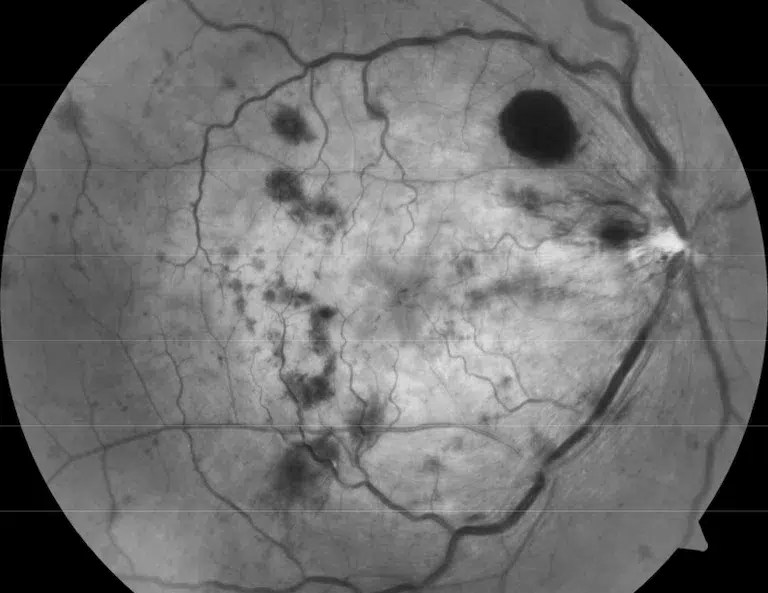What Are the Types of Retinal Vein Occlusion?
Retinal vein occlusions can fall into three categories depending on which blood vessel they affect:
- Central Retinal Vein Occlusion (CRVO): This condition happens when a blood clot blocks the central vein within or near the optic nerve head. A CRVO can cause blood to hemorrhage in all quadrants of the retina.
- Branch Retinal Vein Occlusion (BRVO): This blockage occurs in one or more of the smaller branches of the central retinal vein and causes localized bleeding in a single retinal quadrant. BRVO occurs four to six times more often than CRVO.
- Hemi Retinal Vein Occlusion (HRVO): This occlusion impacts one of the two main branches of the central retinal vein. An HRVO often affects two quadrants of the retina.
Retina surgeons further divide RVO into two categories based on severity:
- Non-ischemic: Also known as incipient or partial CRVO, this variety makes up 75% of cases. Patients typically experience mild blurry vision that may be most noticeable after sleep and improve throughout the day. (Non-ischemic RVO has a better prognosis than ischemic, but around 34% of cases become ischemic within three years.)
- Ischemic: This rarer and more severe type of RVO usually leads to dramatic and sudden vision loss, as well as extensive hemorrhaging in the peripheral retina.

